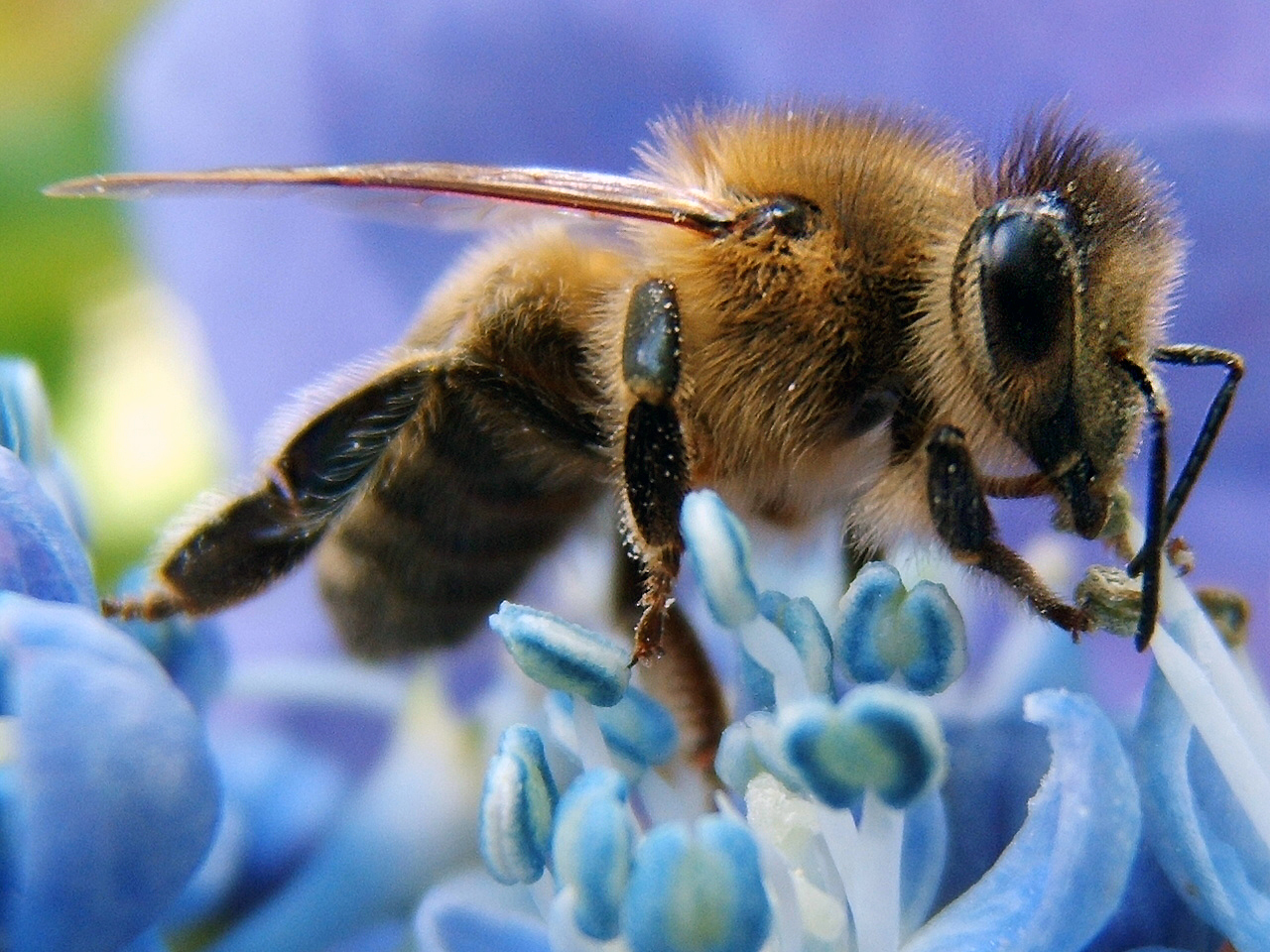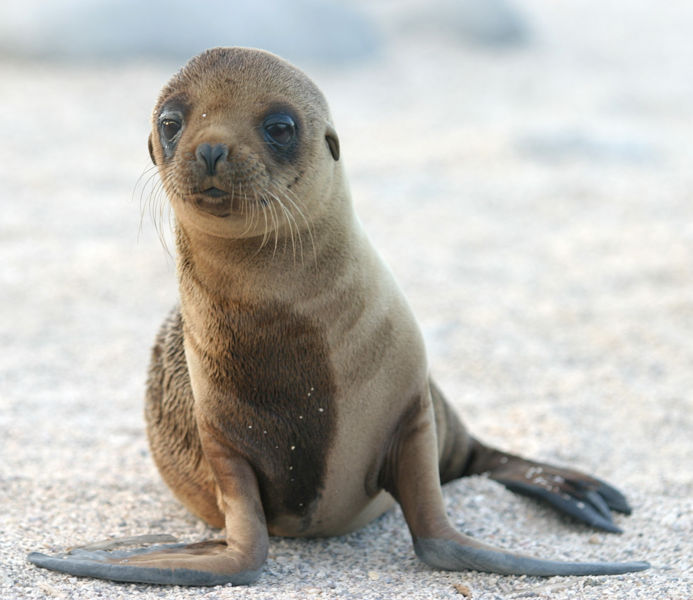From movies like JAWS, to the real-life ordeal that was the sinking of the U.S.S. Indianapolis, sharks have had a fearsome reputation, as cold-blooded prehistoric killing machines of the ocean. It’s a reputation that led to severe overfishing of these monster fish in the mid-20th century. While they have been roving the ocean depths for over 300 million years, they’re hardly safe from predation.
In fact, humans aren’t even the only mammals that hunt down the great white shark for food. According to some newly discovered photos of a 2012 vacation to South Africa, large sharks have been preyed upon by fur seals. The photos were then used in a study published last week online in the African Journal of Marine Sciences. The discovery is important for several reasons – it reveals a staple of the seals’ diet that was previously unknown, but could be important for understanding the nature of the open ocean’s food web – the pattern in which ecological food chains interconnect.
Chris Fallows has worked with sharks since commercial cage diving began on South Africa’s coasts back in 1992. Now he manages the diving operation Apex Shark Expeditions, which makes him spend an average of up to 200 days per year at sea, where he gets to track and observe species of man-eating sharks. Despite all this background, he was particularly startled by the encounter he photographed back in December 2012.
Back then, Fallows led some tourists on what was a typical shark dive, about 20 nautical miles southwest from Cape Point, a fish hook shaped peninsula just on the outskirts of Cape Town. Nothing out of the ordinary: Fallows spotted ten blue sharks (the main culprits for the Indianapolis incident), who were drawn to the bait left out by his crew. Abruptly, however, Fallows received an unannounced visitor: a male Cape fur seal, one not yet fully matured. Rather than becoming the main course, this seal had other ideas, moving fearlessly into the hungry horde of blue sharks.
Cape fur seals typically eat small fish, squid or crabs, and they tend to be a favorite of great white sharks. In fact, nearly every shark attack oh humans is a case of mistaken identity, in which the sharks’ lateral vision causes them to mistake people for seals. It is also largely accepted that the people claimed by sharks in the Indianapolis wreckage had mostly died from other causes such as drowning, and the sharks simply cleared away their carcasses. Rather than grabbing fistfuls of bait, the hungry seal was interested in something else. It grabbed one of the feasting blue sharks, some of which were about four and a half feet in length, and as instinctively as it would try to break a clam shell, it ripped open the shark’s abdominal cavity and ravenously gorged on its liver.
Fallows feared for the tourists and ordered them back aboard the boat, but he was too intrigued to leave the scene. He photographed the small sea mammal as it tore apart five of the sharks in the pack. Then he left, fearing that his presence might be interfering with one of nature’s rare rituals. “Sharks of this size are certainly not usually considered food for seals,” Fallows said of the incident.
It actually wasn’t Fallows’ first time witnessing this scenario. Back in 2004, he sighted a similar occurrence at Cape Point, another young male fur seal male chasing and successfully capturing a blue shark, which it tossed into the air and then ate its stomach and liver, which make up the most energy dense and protein rich portions of the fish. Unfortunately, he wasn’t able to capture the event in pictures, but the ones in 2012 he decided to post online, attracting a great deal of attention from both amateur fishermen and the scientific community at large.
Among those intrigued was Hugues Benoit, a fisheries scientist at Fisheries and Oceans Canada. “I saw these images—beautiful images—and contacted Chris,” said Benoit. “I wasn’t sure if he understood the scientific importance of what he had seen.”
In their new paper on the occurrence, Fallows, Benoit and Neil Hammerschlag of the University of Miami have described the event in somewhat graphic detail as well as the ecological significance. Although it isn’t uncommon for seals to sometimes snatch baby sharks or to gnaw on dead sharks found in fishing nets, this phenomenon might be representative of predatory competition seen in a marine setting – similar to how primitive humans competed with the cave bear and dire wolf for food. The Cape fur seals and blue sharks both tend to have similar diets, but seals had never been seen attacking their competitors. “This is a case where one competitor sort of got the upper hand,” said Benoit.
The team has also noted the seal’s peculiar habit of only eating the visceral organs. Seals had already been seen eating these organs on large fish caught in nets, but the practice is rarely observed among marine mammals going after the prey as it swims. Because the seal isolates and tears away to a specific, nutritious part of its prey suggests that it may have a wealth of food resources.
“It’s like being at a lobster buffet,” Benoit says. “If there’s tons of lobsters around, you just eat the tails and claws instead of dealing with all the little legs.”
The fact that this behavior was only documented recently may indicate that the traditional means by which researchers calculated the diets of marine mammals might be leaving some gaps in the food web. Ecologists once assumed that seals primarily subsided on small fish less than a foot long. Typically, they determine what seals consume by looking through the remnants in their guts or fecal matter, but this usually is dependent on recovering hard remnants, such as bone, while sharks largely contain cartilage except for their teeth. These organs could be rapidly digested with little evidence.
Lastly, the realization that the seals are only after viscera can also have long-reaching implications for shark populations, as it means the seals will target multiple animals before eating its fill. However, they have yet to give accurate estimates on how many blue sharks may be sharing this fate. Benoit, however, thinks that the pattern of shark-eating behavior may be normal, taking place in open water where human presence is an unusual occurrence. Fallows recalled being “impressed at the ease with which this seal was able to take these sharks,” testimony that may suggest it was hardly the first time that his seal attacked a pack of much larger sharks. Blue sharks are in decline in the Pacific Ocean due to overfishing for shark fin soup, despite the soup being banned in most countries.
“Presumably, this kind of behavior would be rare enough that the observer would just have to be at the right place at the right time,” Benoit said. “Although this is just a few observations, it shows that, in some instances, human observers can overcome the somewhat improbably odds of capturing these kind of events on film.”
|
|
James Sullivan
James Sullivan is the assistant editor of Brain World Magazine and a contributor to Truth Is Cool and OMNI Reboot. He can usually be found on TVTropes or RationalWiki when not exploiting life and science stories for another blog article.
|



